Cranach, Dürer, and Holbein—and all other artists after 1517—lived in a world forever changed by the Protestant Reformation.
1500 - 1600
Cranach, Dürer, and Holbein—and all other artists after 1517—lived in a world forever changed by the Protestant Reformation.
1500 - 1600
We're adding new content all the time!
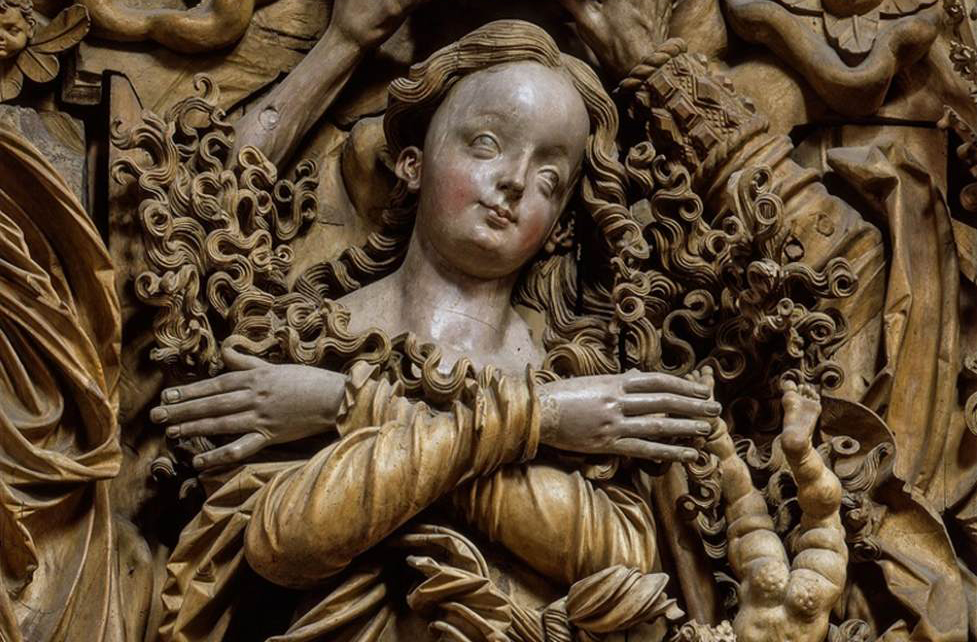
The dancing lines and joyful subject of this 16th-century altarpiece are exuberant.
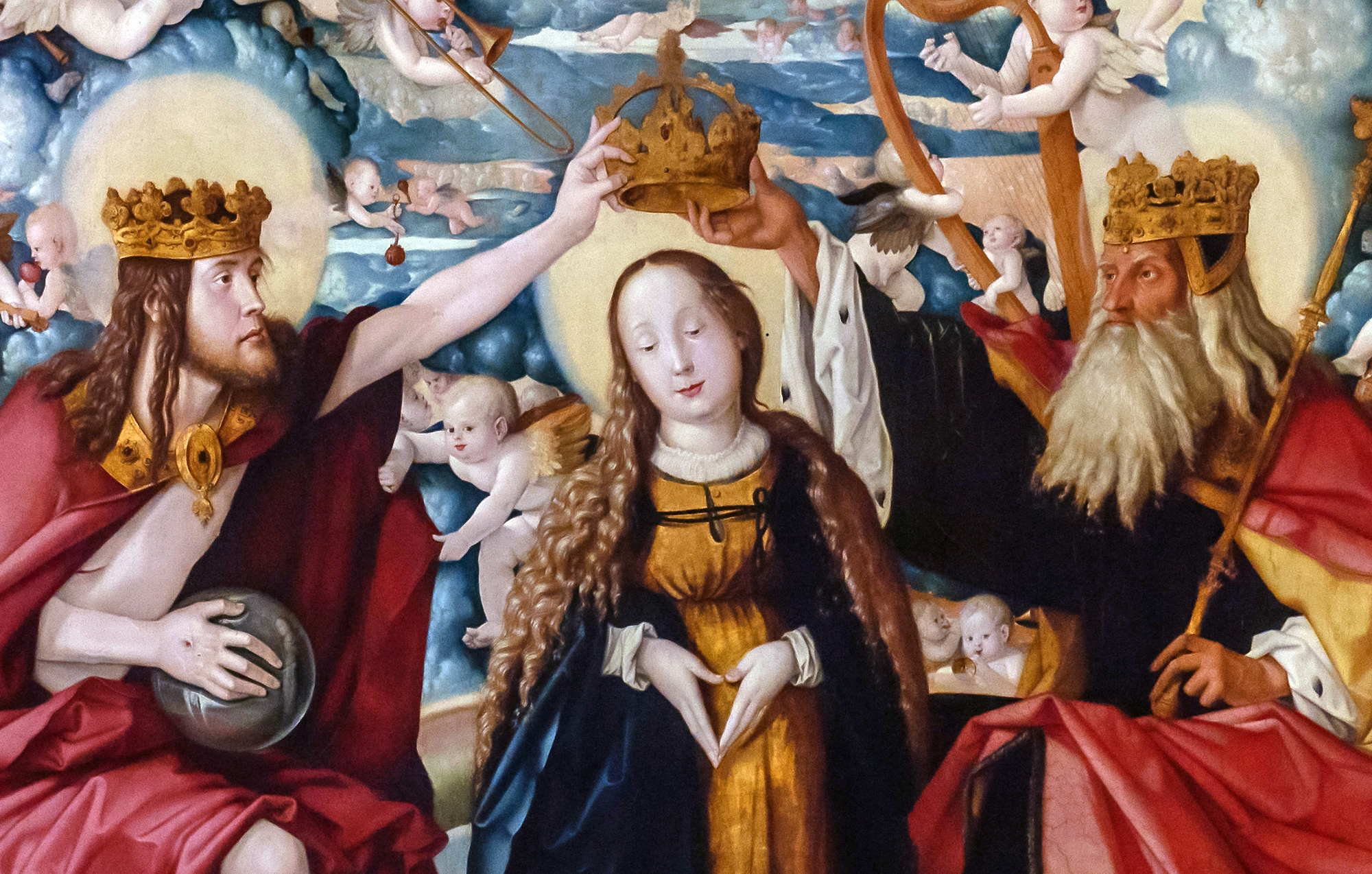
Baldung’s joyous Freiburg Altarpiece is a delightful counterpart to his well-known artworks depicting witches.
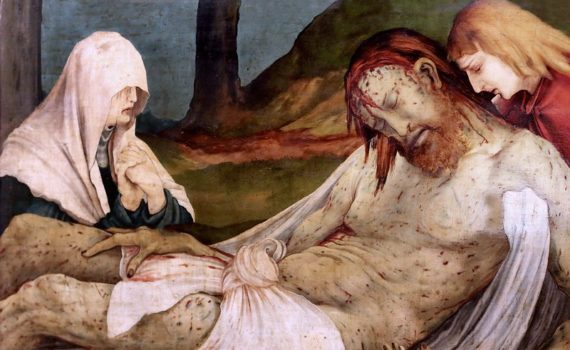
Demons as haunting as these could be a sign of delirium, or just another of Grünewald’s otherworldly creations.
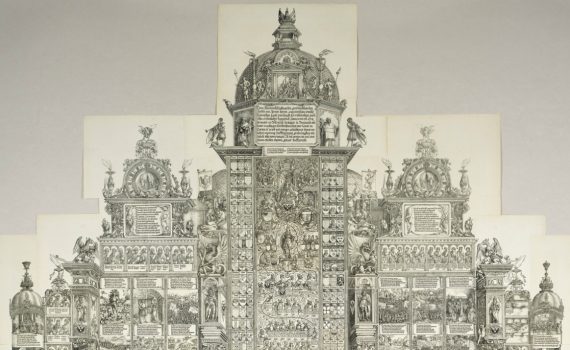
The Arch of Honor praises Maximilian I as the ideal emperor, a paragon of modern rulership, guided by traditional chivalric values but also aggressively modern in both diplomacy and warfare.
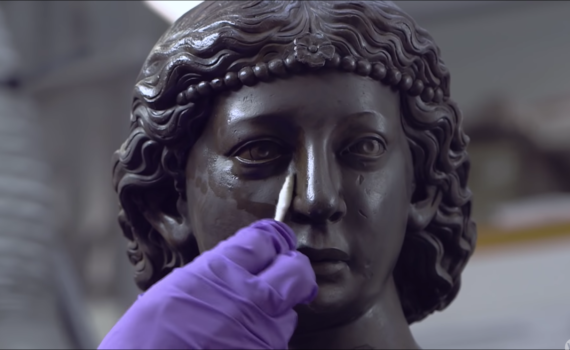
After their recent rediscovery, the Wolsey Angels go through extensive conservation and preservation after being exposed to the elements on the gateposts of a stately home in England, perhaps for centuries
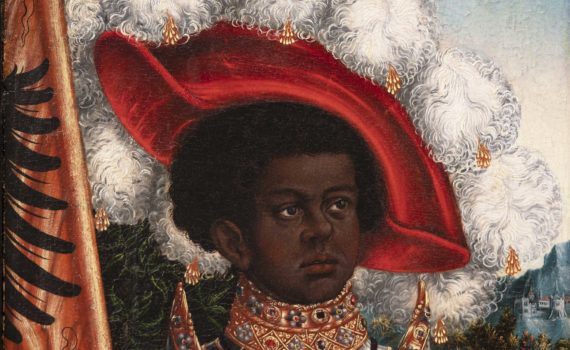
Saint Maurice was an important Black saint during the Renaissance, especially as the patron of the Holy Roman Empire
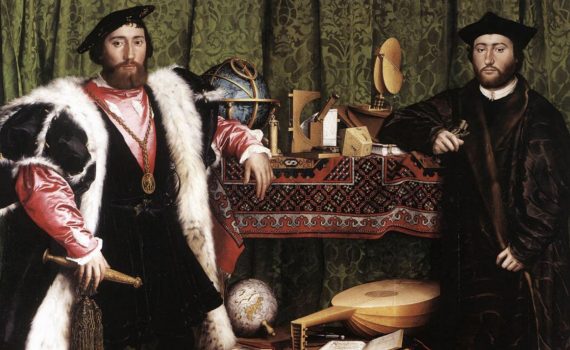
Everything seems so perfect... Hang on, what’s that in the foreground? And why is that lute string broken?
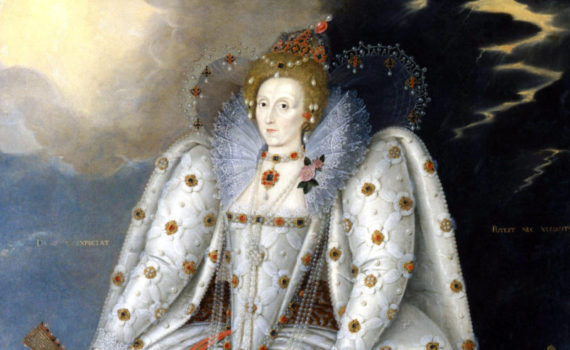
Queen Elizabeth I rarely commissioned portraits of herself, but her courtiers certainly did of the Virgin Queen
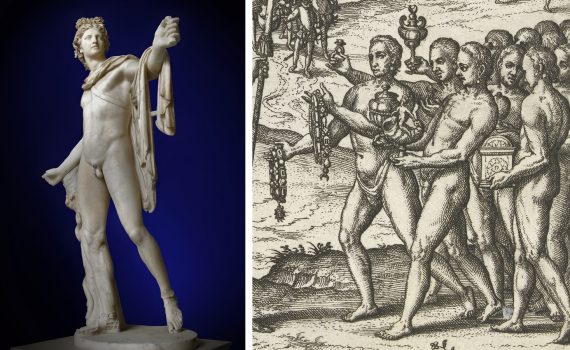
De Bry's images of the Americas affirm and assert a sense of European superiority.
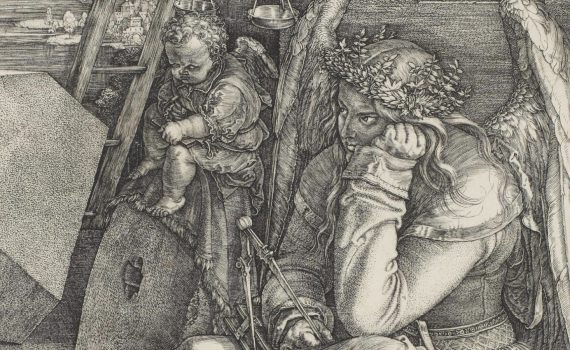
Explore Dürer's masterful "psychological self-portrait" and the hidden meanings of the various objects in it.

Flashed or stained? Discover the historical techniques required to produce—and restore—this vibrant glass painting.
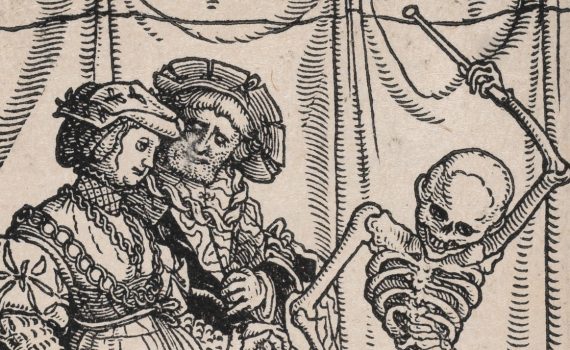
Care to waltz? In Holbein’s time, death was a visible part of life—the dance partner from which no one could hide.